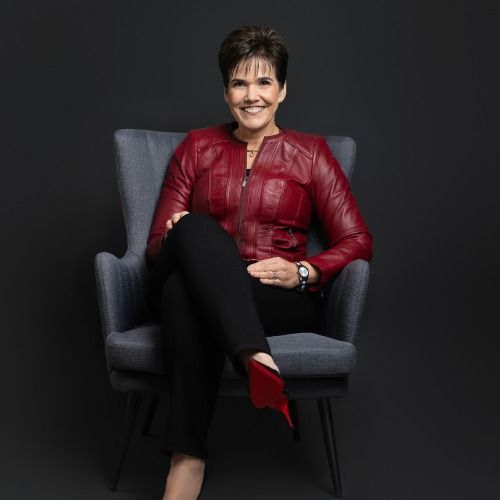The EBITDA Whisperer: Boosting Your Business Valuation
You don’t get paid for revenue. You get paid for profit.
In this episode of Freedom to Exit, Lani Dickinson breaks down the financial fundamentals behind a high-value exit—and why EBITDA (Earnings Before Interest, Taxes, Depreciation, and Amortization) is one of the most important numbers buyers care about.
Lani shares real-world examples of business owners who struggled to attract offers… until they shifted their focus from top-line growth to bottom-line profitability—and watched their exit multiples climb.
What You’ll Learn:
- What EBITDA actually is—and why it matters to buyers
- How to uncover and fix hidden inefficiencies in your business
- Why buyers walk away from high-revenue, low-margin businesses
- The changes that took one business from $1M to $4M in profit in just 12 months
- Simple strategies to clean up your financials and boost your company’s value
If you want to exit for the number you actually deserve, you have to prove your business can generate real, sustainable profit—without you at the center of it. This episode shows you how.
---
Enjoyed this episode?
Subscribe to Freedom to Exit for more insights on building a scalable, sellable business that buyers compete for.
Free Resources to Go Further:
📌 7 Ways AI Can Boost Your Sales and Save You Time – Download this free guide: https://ai.activatetoascend.com/get-7ways-ai
📌 3 Ways Your Business Can Use AI TODAY to Stop Leaking Money – Save your seat for the free live webinar: https://webinar.activatetoascend.com/webinar-register-general
📌 Changes Assessment – Discover where your business is leaking time, money, and momentum: https://stealthfreedomtoexit.com/changes
Connect with Lani Dickinson:
📌 Instagram: https://www.instagram.com/stealthfreedomtoexit
📌 Facebook: https://www.facebook.com/laniadickinson
Need expert guidance on your exit?
Visit https://stealthfreedomtoexit.com
If you got value from this episode, leave a review—it helps more business owners find the show!
Transcript
>> Lani Dickinson: Hey Exit Focus Founders welcome back to the Freedom to Exit
Speaker:podcast where we talk about how to build a business that runs without
Speaker:you, scales predictably, and has the potential
Speaker:to sell for top dollar when you're ready.
Speaker:Today's episode the one thing buyers care
Speaker:about even more than revenue?
Speaker:Profit margins. Here's the truth. A
Speaker:5 million dollar business with 20% profit margins
Speaker:is worth more than a 10 million dollar business with 5%
Speaker:profit margins. And if your financials are a mess,
Speaker:buyers will either walk away or heavily
Speaker:discount their offer. And if you don't
Speaker:understand terms like EBITDA Multiple Seller Discretionary
Speaker:earnings, you're walking into a sale negotiation
Speaker:blind. But hear me out. If you don't know those
Speaker:terms, you're not alone. It's not that uncommon.
Speaker:I was speaking to a group of business owners last week and one of
Speaker:the men who owned several of the big businesses in town
Speaker:didn't know what EBITDA was. I was wearing a shirt that said
Speaker:EBITDA Whisperer and He asked me 1 how to
Speaker:say it and 2 what it was. The
Speaker:not for Profit speaker for the day in the room
Speaker:chimed in. That's earnings before interest, taxes,
Speaker:depreciation, and amortization. In this episode,
Speaker:we're going to cover why profit matters more than revenue in a
Speaker:sale, how financial housekeeping prevents buyers
Speaker:from lowballing you and the key financial terms
Speaker:buyers use to value your business so you aren't lost in the
Speaker:conversation. I'll give you some real world examples
Speaker:of businesses that increased valuation by fixing these two
Speaker:things, and I'll help you find some hidden profit in your
Speaker:business today if you ever plan to sell
Speaker:your business or just want to be more profitable.
Speaker:Now this episode is for you. So let's dive in.
Speaker:Most business owners focus on revenue, but
Speaker:buyers focus on profit. Here's an example.
Speaker:A business doing 5 million in revenue but 1.5
Speaker:millionars in profit or a 30% margin might sell for
Speaker:5 times profit or 7.5 million
Speaker:same total profit. But the high margin business
Speaker:sells for five times more. Why?
Speaker:Buyers want predictable profit, not a revenue roller
Speaker:coaster. I had an H Vac owner Mike who was
Speaker:doing $10 million and we took that to 12
Speaker:and he started with a 10% profit and we took that to
Speaker:30. He wasn't getting many offers and he
Speaker:wanted a $30 million exit at 10x
Speaker:EBITDA. The problem? His margins were too low
Speaker:and buyers weren't interested. So after we helped him cut
Speaker:expenses, eliminate waste, improve efficiency,
Speaker:optimizes sales process, and all of those kinds of
Speaker:Things. After a year his revenue jumped from 10 million
Speaker:doars to 12 million. Do might not seem like a lot,
Speaker:but the net profit skyrocketed from 1 millionars to 4
Speaker:million which gave him 33% margins.
Speaker:Suddenly buyers were interested at much
Speaker:higher multiples. So here's the thing. If you
Speaker:increase profit margins, your business is worth way
Speaker:more and you might not even have to grow your revenue too much.
Speaker:So let's break down the three most important numbers.
Speaker:Buyers look at EBITDA which is earnings
Speaker:before interest, taxes, depreciation and
Speaker:amortization. This is your business's true
Speaker:profitability before taxes and other non
Speaker:operational expenses are considered.
Speaker:Buyers use EBITDA to determine your multiple.
Speaker:So a business with a $1 million EBITDA,
Speaker:at a 5x multiple might sell for
Speaker:$5 million. So you want to know
Speaker:how to increase your EBITDA. You always want to work with
Speaker:your accountant on where things get recorded above the
Speaker:line or below the line so that you don't
Speaker:unknowingly decrease your ebitda. An example is
Speaker:a one time consultant fee or other
Speaker:divestiture activities would likely not impact
Speaker:your EBITDA if you do it correctly. Even though it would
Speaker:decrease your net income in the same time period. But your
Speaker:multiple is likely figured on ebitda.
Speaker:The next term is seller discretionary earnings or
Speaker:sde. If you run personal
Speaker:expenses through the business like your car, vacations or
Speaker:meals, that's going to get added back to calculate true
Speaker:earnings. So a business owner showing
Speaker:$200,000 in profit might actually be making
Speaker:500ars in SDE once everything is added
Speaker:back. This is why cleaning up your financials
Speaker:before selling is so important. You don't want buyers
Speaker:questioning your profit. Anytime there's a
Speaker:question that's going to at the worst
Speaker:turn into a tank deal and at a minimum probably a
Speaker:discounted price offer.
Speaker:The next term is valuation multiples. Most
Speaker:small businesses are going to sell for 2 to 5 times EBITDA
Speaker:or SDE. For smaller businesses,
Speaker:high margins systemized businesses get
Speaker:higher multiples 5 to 10x because these are
Speaker:less risky for buyers. So here's the
Speaker:takeay. The better your financial clarity,
Speaker:the higher multiple you get. Most businesses
Speaker:have between 5 and 15% of profit
Speaker:hiding in inefficiencies. One example is
Speaker:25% of marketing budgets are often spent on
Speaker:channels that don't work, but they're not using data or
Speaker:systems to track. So they're doing things that they value or
Speaker:think work but don't. Repetitive tasks
Speaker:that could be done by AI or automation. Poor
Speaker:culture, fit employees are costing people money,
Speaker:not shopping terms and pricing with your vendors. So my
Speaker:friend Linnis and her husband Rich owned a stucco business.
Speaker:Just eat their material budget. For one vendor, the
Speaker:terms alone would have saved then 10% of that
Speaker:material budget. So with that one vendor, that was $2.5
Speaker:million, that would have saved them
Speaker:$250,000 a year
Speaker:if they had just shopped the terms.
Speaker:So shop your terms and shop
Speaker:your prices. Here's how to uncover where some of this
Speaker:may be. Eliminate non essential
Speaker:expenses like subscriptions and software and office
Speaker:costs. Fix your pricing and your
Speaker:margin leaks. Are you charging what the product is really
Speaker:worth? Cut slow moving, low margin
Speaker:products. If there's more revenue somewhere
Speaker:else, put the business there.
Speaker:In the case of Rosie, my baker,
Speaker:she was growing, but cash flow was tight. We looked at
Speaker:her cost of goods sold. I said, rosie, when's the last time you looked at your
Speaker:cost of goods sold? And she said,
Speaker:well that means it's been too long. So we pulled it up and
Speaker:sure enough, the cost of butter had increased
Speaker:considerably. When you're a bakery, the cost of
Speaker:butter is going to drastically impact the price a year, the
Speaker:price to produce and therefore should be the price
Speaker:to sell. So her pricing was based on
Speaker:old butter that was long gone. We had to
Speaker:reprice that which brought back the profit almost
Speaker:immediately. But after 12 months of multiple
Speaker:measures, we were able to double her revenue, improve her
Speaker:profit margins and build a team to replace her
Speaker:along with, the financial stability. Now she attends all of
Speaker:the California Angels games and she takes three full
Speaker:vacations a year. The first one, she just went over to
Speaker:Palm Springs for the weekend to test it out.
Speaker:She texted me and she said, oh my gosh, you're right. I'm making
Speaker:money from the cabana. You were right. So this
Speaker:is possible for you too now?
Speaker:My client Mike told me he couldn't afford to hire a
Speaker:general manager or replace himself or get a real
Speaker:CFO. He's running at this point a $12 million
Speaker:company with a bookkeeper and no monthly
Speaker:CFO financial insights. So we ran an
Speaker:expense audit and guess what we found?
Speaker:$10,000 a month in office supplies
Speaker:for a 6 person office. Too much supply on his
Speaker:H vac trucks for what they didn't use. Which caused them
Speaker:extra trips to the store and back into
Speaker:town. And buying from vendors without terms
Speaker:and wasting time no one was getting paid for. And
Speaker:gas. There was enough money there for a
Speaker:CFO and a general manager. Here's the
Speaker:thing. Hidden profit is already all
Speaker:over your business, you just need to find it. One
Speaker:place to start is look at industry benchmarks and
Speaker:compare yourself to the industry benchmarks and see where you
Speaker:are. Do you want to know where your business stands? Take the
Speaker:changes assessment to evaluate what buyers would
Speaker:think if they saw your books and your business
Speaker:today. Take the changes assessment at the link in
Speaker:the show notes. Subscribe and leave a review. If you found
Speaker:this valuable, share it with someone who may need it. And
Speaker:next week we're going to talk about why most small businesses
Speaker:hire the wrong people and how it costing them
Speaker:millions. Let's get you free from your business.


